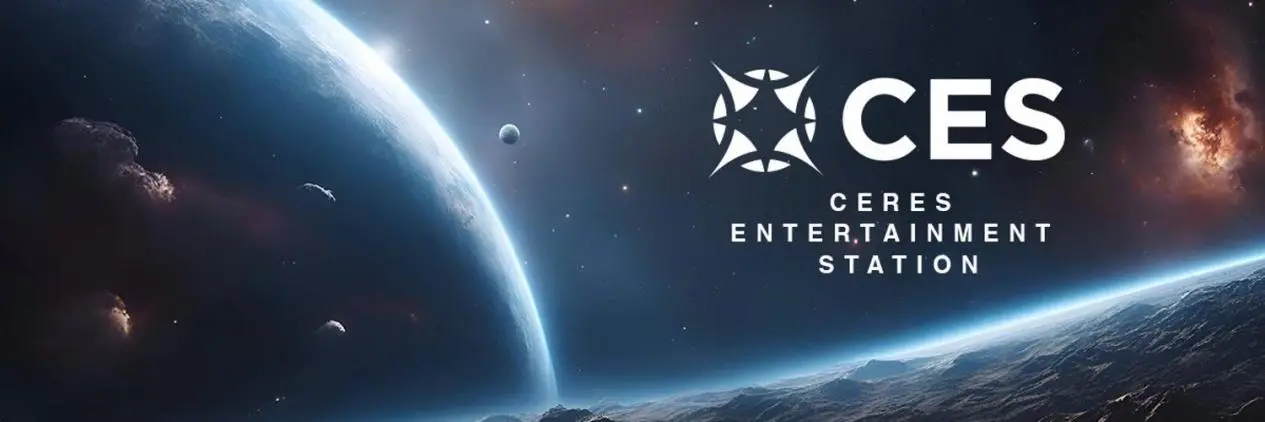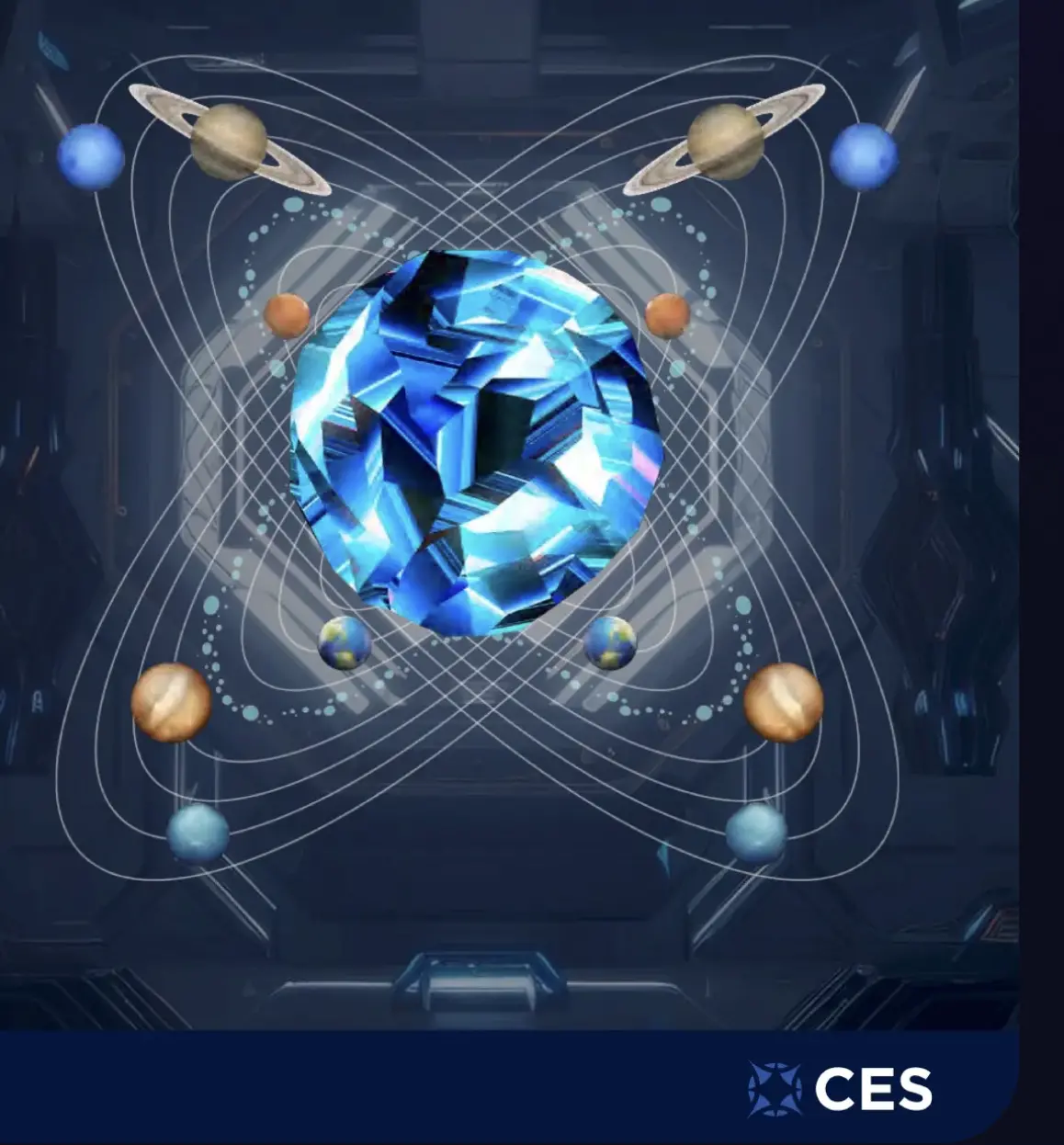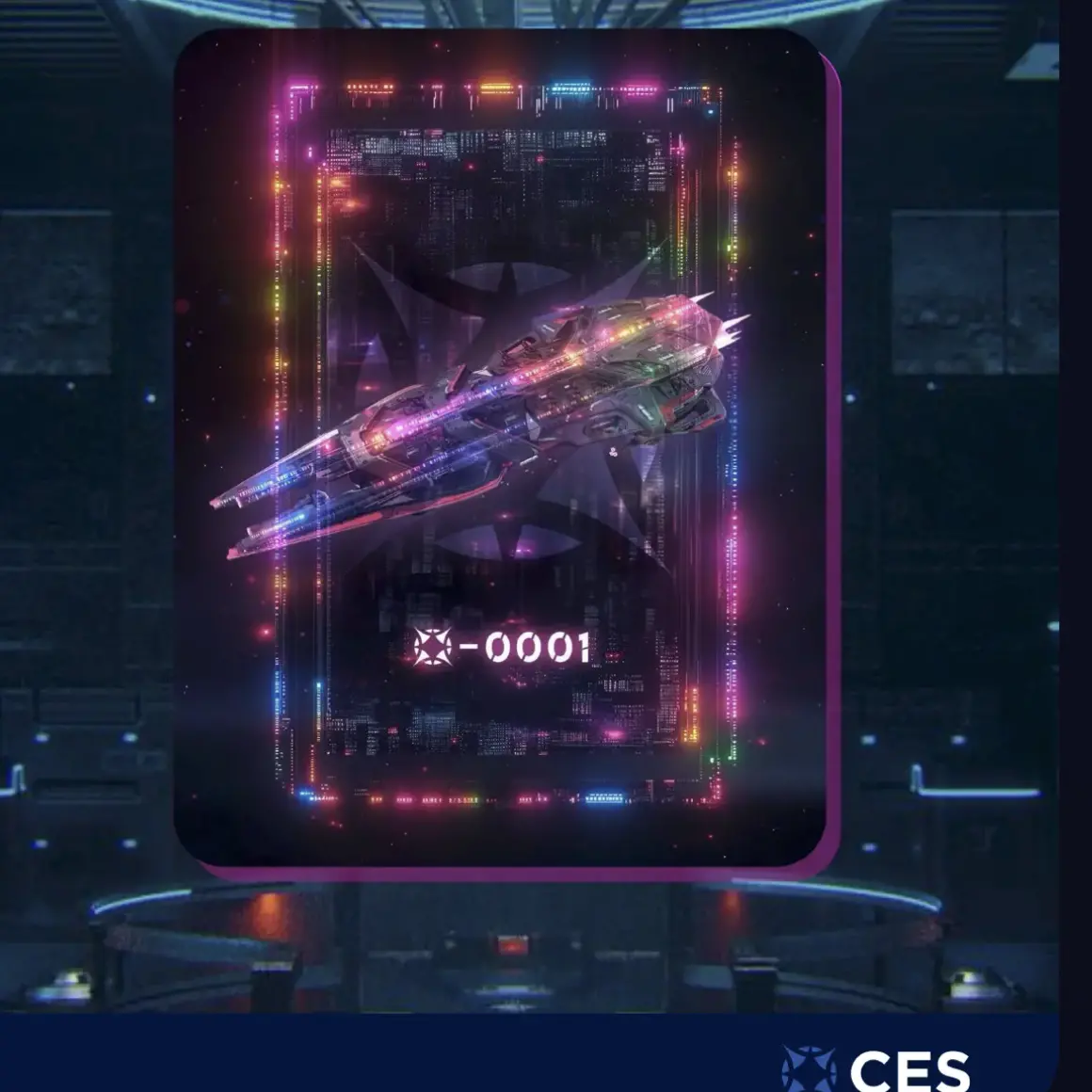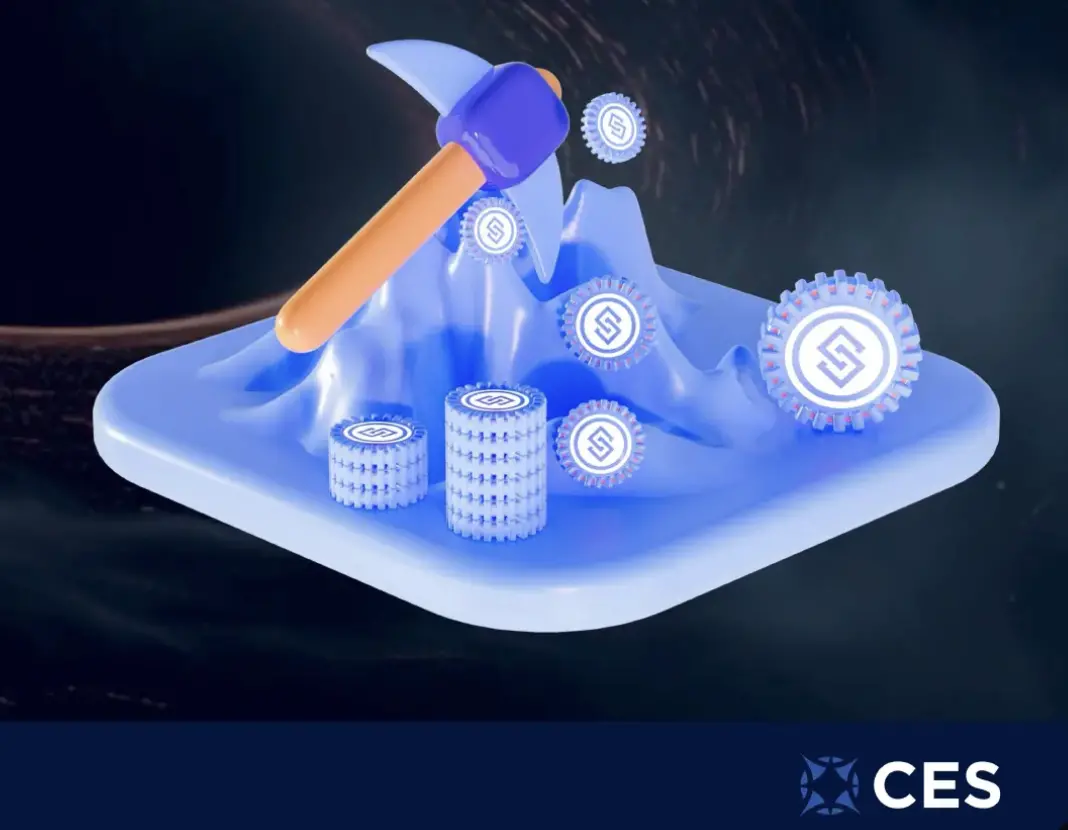Original authors: Meteor, ChainCatcher
Original editor: Marco, ChainCatcher
With the approval of the Bitcoin spot ETF, traditional finance is gradually beginning to pay attention to BTC and the crypto field. Bitcoin has recently surged to above $60,000, attracting not only traditional financial institutions but also a large number of Web2 practitioners entering Web3. In addition to the financial attributes of cryptocurrency, the more noteworthy channel connecting Web2 and Web3 is blockchain gaming.
The Blockchain Gaming Environment in 2024
Previously, many major companies have entered the blockchain gaming industry, such as Tencent, Alibaba Cloud, and many well-known Web2 (Steam games) games have announced their entry into the Web3 field. In 2023, blockchain gaming was still in its early stages, serving as a carrier for in-game encrypted economies, with no significant improvement in user experience, entertainment, and innovation. As we enter 2024, the financing of blockchain gaming has further increased. According to ChainCatcher's statistics, in just the first two months, a total of 20 blockchain gaming projects received a combined $100 million in financing.
High financing and low entry barriers make the blockchain gaming track more likely to reach its peak in 2024. The roadmaps of many blockchain gaming projects indicate that more blockchain games will be released in 2024.
The explosion of the BRC20 ecosystem in 2023 has allowed the industry to see more possibilities within the BTC ecosystem. Practitioners have also begun to explore the possibility of laying out blockchain gaming within the BTC ecosystem.
In this environment, CES (Ceres Entertainment Station) - a Web3 blockchain gaming platform that integrates mining, entertainment, and financial attributes within the BTC ecosystem - has emerged.
Introduction to the CES Project

In 2024, the blockchain gaming track will focus more on improving user experience. Engaging storylines, innovative gameplay, and immersive gaming experiences will become a major theme. This also indicates that the boundaries between blockchain games and traditional games may become increasingly blurred in the future. On-chain assets within games are becoming a mainstream trend, which is also the goal that the CES platform has been committed to pursuing.
Game Background Story

CES is a game platform that explores the theme of the universe, dedicated to creating a fair and shared interstellar entertainment hub. The background story originates from a planet called Ceres, which is the closest dwarf planet to the sun in the solar system. Ceres is mysterious and resource-rich, and has always been a sought-after exploration target for scientists and adventurers. The CES project team has discovered highly valuable ores on this planet, revealing the wealth hidden on the planet and more unique resources yet to be unearthed.
Based on the value of the ores, the CES project team created the CES project, issuing the CERES community token in a Fairlaunch manner to attract partners to jointly build the interstellar hub. In the early stages of the project, CES will allow some CERES to be melted into "STONE," to share the beauty of Ceres together.
Gameplay of the Ark NFT and Miner NFT
The CES whitepaper shows that the Ark NFT and Miner NFT are both types of NFTs and are core components of the CES project.
The Ark NFT is a digital asset within the CES project. In the initial stage, the CES project launched the Ark NFT, which also serves as the user's pass to enter the CES community, representing the special identity and status of the holder as an early adventurer. Holders of the Ark NFT are considered founding members of the project, and they can enjoy a series of privileges and opportunities, and participate in various activities and economic ecosystems within CES.
Specifically, Ark NFT holders can participate in special activities organized by CES, and their privileges may include participating in in-game activities, receiving airdrops of other NFT assets (Miner NFT), and participating in community governance, among others.
CES states that the total supply of ARK NFTs is 3333 and will never increase, with an initial price of 0.03 ETH.

The Miner NFT is a digital asset within the CES project with significant economic functions. The Miner NFT is a key tool for mining the precious governance token CERES within the CES ecosystem.
The characteristics of the Miner NFT include:
The Miner NFT is distributed through a blind box mechanism, with a certain number of blind boxes released in each period, containing NFTs of different levels, including N, R, SR, SSR, and UR. NFTs of different levels have different payload capacities, corresponding to different mining payload capacities, and can mine different amounts of CERES.
The total initial supply of Miner NFTs is 9999, with an initial price of 0.1 ETH. Each ARK holder can receive a MINER NFT blind box.
In addition, the average mining revenue and expenditure balance period for Miner NFTs is 30 days, with an initial mining rate of 3333 CERES/T/day. The daily decay rate is 0.66%, until it reaches the base rate of 333 CERES/T/day, ensuring a sustainable mining ecosystem.
Users can decide whether to go mining based on their daily output, their own mining payload capacity, their own needs, and market conditions.
CES Team and Partners
Key Members of the CES Team
The CES whitepaper introduces its CEO, Jade Smith, who has extensive experience in Web2 game development and was a team member of Electronic Arts game company. Before transitioning to Web3, she was involved in several best-selling game projects, including the globally award-winning "The Sims." As a senior game designer and developer, Jade is passionate about the future of the gaming industry, especially the potential of integrating games with DeFi and NFTs.
The whitepaper also reveals its COO, Robert Al-Saad, a senior mining industry investor from the Middle East and an important member of the Abu Dhabi Royal Fund. He has over 20 years of experience in resource management and international trade, particularly in the fields of rare metals and cryptocurrency mining. Robert is dedicated to exploring how blockchain technology can bring revolutionary changes to resource acquisition and global trade.
The project's CTO, Michael Wilson, has been involved in the Web3 field since 2013 and is an early Bitcoin investor and staunch holder. He has a strong technical background, including game development, engine design, and blockchain technology. Michael has extensive experience in applying blockchain technology to the gaming industry, especially in creating decentralized gaming platforms and developing blockchain-based gaming ecosystems.
The project's CMO, Alexey Gorodilin, entered the blockchain industry in 2014 and is a marketing expert familiar with IT, cryptocurrency, mining, and the gaming industry. He has deep marketing knowledge and has successfully established brands and market strategies for several innovative high-tech and Web3 projects. Alexey excels in using social media, content marketing, and community building to increase the visibility and engagement of projects.
CES Partners
The CES whitepaper reveals that its main investor is the Abu Dhabi Royal Fund, providing strong financial support and resources to the project.
CES Roadmap and Token Economy
CES Roadmap
From October 2023 to February 2024, land on Ceres, issue token NFTs, and summon the first batch of adventurers to land on the planet Ceres, build the CES platform, design and issue the Ark NFT, introduce BTC mining farms, and prepare for the Stone mining activities.
From March to June 2024, explore Ceres: select core builders, establish mining infrastructure and other key equipment, summon more gold diggers, and plan to introduce entertainment and consumer brands.
CES Token Economy

The CES whitepaper introduces the project's dual-token ecosystem: STONE and CERES. The economic mechanisms of STONE and CERES are designed to create a balanced digital economic system, where STONE serves as the currency for daily transactions, while CERES takes on a higher-level governance and incentive role.
STONE is a stablecoin for transactions and can be freely exchanged bi-directionally with mainstream cryptocurrencies, with a constant price of 1 STONE equal to 0.2723 USDT. As the primary currency within the CES platform, STONE can be used for purchasing, trading, and participating in various virtual activities such as gaming, entertainment, and shopping.
In addition, a certain percentage of fees will be charged on user transactions involving STONE to maintain platform development and give back to the community. As the platform's user base and activities expand, the demand for STONE may increase, thereby affecting its market value.
CERES is primarily distributed through a FairLaunch to ensure fairness in the initial allocation, with a total supply of 21 billion, of which 80% is allocated to the community, and 10% each to the foundation and investment institutions. There is no pre-mining or internal allocation of CERES, and the initial distribution is entirely based on community contributions and participation.
The governance function of CERES includes allowing users to participate in platform governance decisions, propose and vote on various proposals such as platform development direction, updates, and resource allocation.
The incentive mechanism of CERES includes rewarding community members for their contributions, including mining, participating in community activities, and referring new users.
CERES can also be used to pay various fees within the ecosystem, participate in game releases, and donate to the CES Foundation. In addition, the CES project team will conduct periodic buybacks and burns of CERES.
Conclusion
The characteristics of the CES project can be summarized into 6 major categories:
Game Narrative: CES has built a grand open universe that allows players to freely explore, mine resources, and build in a space environment, providing an immersive gaming experience.
NFT Supported by Real Cash Flow: A core innovation of the CES project is integrating real cash flow into the NFT value support system. By mining "STONE" and other resources, players can not only receive in-game rewards but also convert these resources into real-world value, providing substantial economic support for NFTs, increasing their stability and investment attractiveness.
DeFi Integration: CES integrates DeFi functions such as staking and lending, providing a diversified financial service platform that brings more liquidity and vitality to the entire ecosystem.
Community-Driven and Governance: CES emphasizes community participation and governance, achieving decentralized management through token economics and smart contract mechanisms. Players and investors can directly participate in the project's decision-making process, shaping the future direction of CES together.
Technological Innovation and Security: CES adopts the latest blockchain technology, ensuring transparent, secure, and tamper-proof transactions on the platform. The application of decentralized storage and smart contracts further enhances data security and operational automation.
Cross-Industry Collaboration Potential: The open world and economic model of CES provide ample space for cross-industry collaboration with various real-world industries and fields, creating more innovative applications and value-added services.
With the explosion of the blockchain gaming track in 2024, CES is poised to become an industry leader, riding the growth trends of Web3 and the metaverse, attracting a large number of investors with a certain understanding of cryptocurrency, NFTs, and blockchain technology.
免责声明:本文章仅代表作者个人观点,不代表本平台的立场和观点。本文章仅供信息分享,不构成对任何人的任何投资建议。用户与作者之间的任何争议,与本平台无关。如网页中刊载的文章或图片涉及侵权,请提供相关的权利证明和身份证明发送邮件到support@aicoin.com,本平台相关工作人员将会进行核查。




